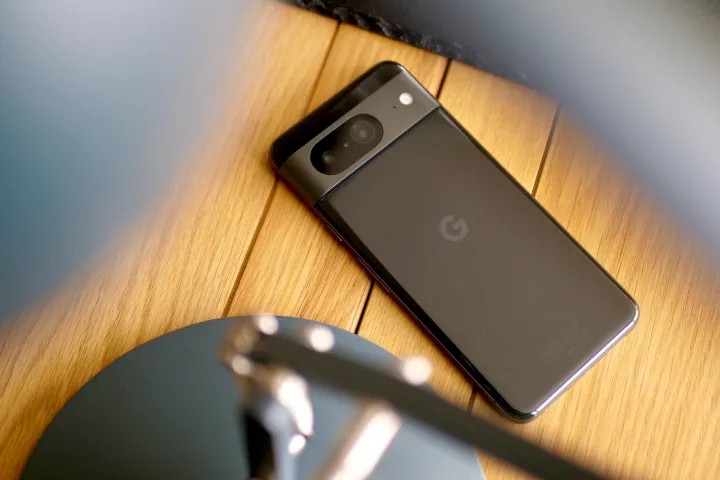
There has been a quiet shift in the last couple of years with Android devices as new phone updates have been extended. For years, it was risky to keep an Android phone longer than two or three years because it wasn’t guaranteed that it would continue to receive operating system and security updates beyond that.But Google and Samsung are changing that.
Mountain View-based Google was first to officially extend support for its flagships in 2023, announcing that the Pixel 8 series will have seven years of guaranteed Android OS and security updates until October 2030. What was surprising was that Google extended the same support to its mid-range Pixel 8a as well, marking a major change in our expectations of the tech giant.
Samsung followed suit by announcing seven years of OS and security updates for the S24, S24+ and S24 Ultra, with the Galaxy Z Flip 6 and Fold 6 gaining the same support.
These changes are part of a long-gestating program created by Google in 2020 called “Google Requirements Freeze” (GRF). That program enables chip makers, like Qualcomm, to support multiple operating system versions on a single SoC, which means that manufacturers do not need to update software for at least three versions of Android.
What is different about LGRF?
LGRF essentially allows the same chipset vendor-side software to be repurposed for seven Android version updates, up from three. This means that a device that launches with Android 15 can potentially receive updates up to Android 22 (if the naming scheme remains consistent) without requiring significant software commitments from the chip vendor’s side.
Under the program, for the first three years, the vendor’s software will remain frozen, though OEMs will need to update the Linux kernel after three years in order to receive Google’s certification, ensuring timely security patches. Qualcomm’s recently-announced Snapdragon 8 Elite is the first chipset under LRGF.
While the program does have obvious benefits, like longer lifespans for a larger subset of devices, it has drawbacks and limitations too. For example, one limitation in place is that OEMs can not ship a device with an Android version that is four updates ahead of its chip’s original vendor software. For example, Snapdragon 8 Elite’s vendor software, designed for Android 15, can not be directly used on a device that is launching with Android 19. This is to prevent manufacturers from shipping devices that would only benefit from three OS updates.